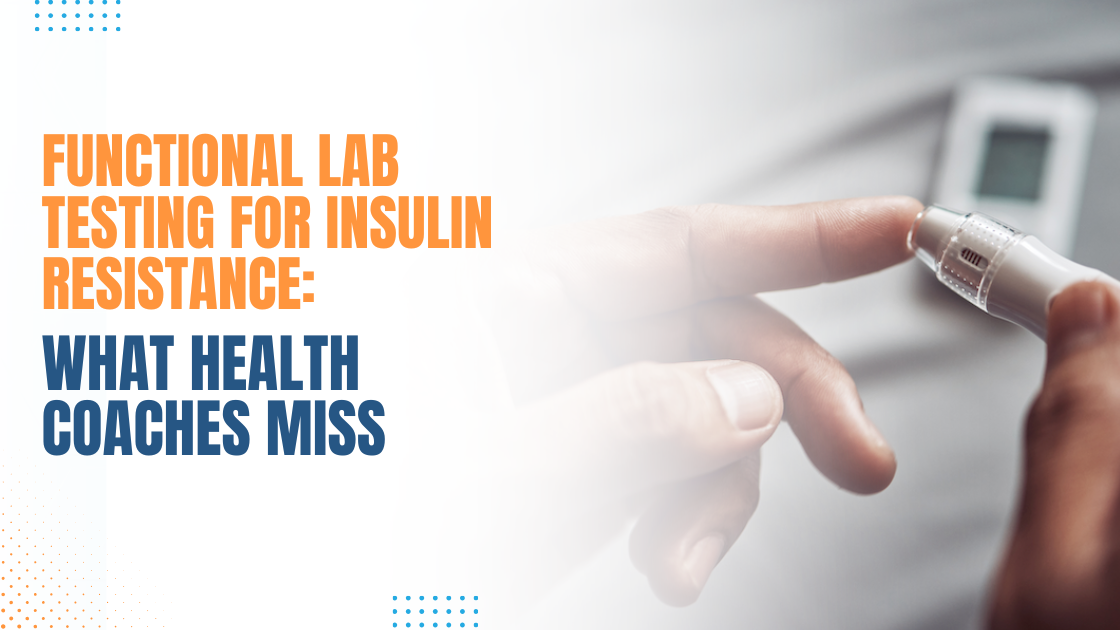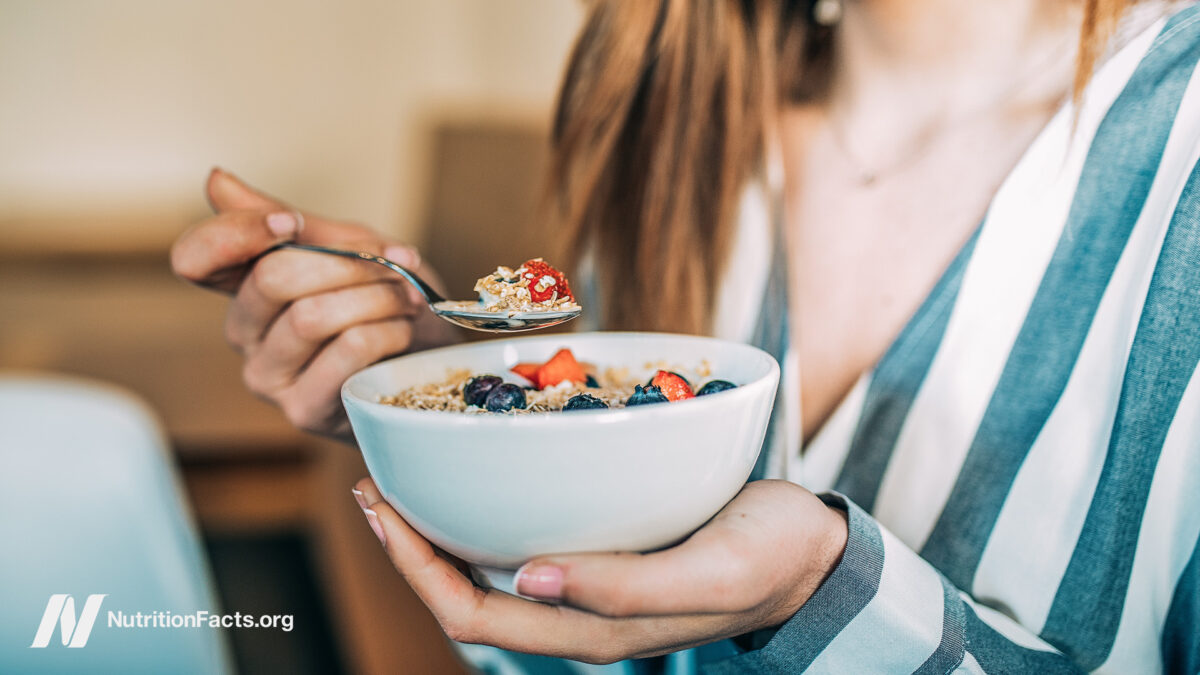On weight loss medication? You may want to consider supplementing for optimal health. Here’s why.
GLP-1 medications like Ozempic®, Wegovy®, and Mounjaro® are gaining popularity for their effectiveness in supporting weight loss. These drugs, originally developed for managing type 2 diabetes, work by mimicking the effects of a hormone called glucagon-like peptide-1 (GLP-1). In simple terms, they help slow digestion, regulate blood sugar, and curb appetite. Together, these outcomes can help folks reduce calorie intake, often leading to weight loss.
But here’s what most people don’t realize: the same mechanisms that help you shed pounds may also lead to unintended nutrient shortfalls.
As a registered dietitian, I’ve had an increasing number of clients ask: “Are there vitamins I should be taking with Ozempic?” The simple answer is, yes. Vitamins are amongst other key nutrients that should be incorporated into any weight loss drug treatment plan.
This article explores the science behind why certain deficiencies may be more likely on GLP-1s, and dietitian-tips for supporting your nutrition while on a weight loss journey with these medications.
Why Nutrient Deficiencies Can Happen on GLP-1s

GLP-1 receptor agonists work by slowing gastric emptying. In other words, food stays in your stomach longer, which keeps you feeling full for extended periods of time. While this is great for appetite control, it can also reduce how much (and how often) you eat. The result? Less calories, and consequently, less nutrients – unless you’re really intentional about what’s on your plate.
In a 2025 study, researchers found that GLP-1 users were significantly more likely to be deficient in a range of essential nutrients compared to non-users. These included:
These deficiencies were found across both genders and all age groups. In many cases, nutrient levels dropped below clinically acceptable thresholds, raising concerns about long-term health impacts if left unaddressed.
5 Key Nutrients to Watch While Taking Ozempic or Other GLP-1 Drugs
1. Vitamin B12
B12 plays a key role in energy metabolism, red blood cell production, and nervous system function. Unfortunately, it’s already a commonly deficient nutrient, especially in people over 50 and those who eat less meat. Since GLP-1s can reduce stomach acid and slow absorption, B12 levels can drop even further.
Dietitian Tip: Look for a B12 supplement in the methylcobalamin form for better absorption, or consider a multivitamin that includes at least 100% of your daily value (DV). HUM’s B12 Turbo can be a great addition, depending on your current intake.
2. Iron
Iron is essential for oxygen transport and energy. Low iron can leave you feeling fatigued, short of breath, or even dizzy. Keep in mind, many of these symptoms can be easily confused with just “adjusting” to a new medication or lower calorie diet.
Interestingly, premenopausal people are already at higher risk of iron deficiency. But with smaller meals and less red meat intake (which is a top source of iron), this risk increases with GLP-1s.
Dietitian Tip: If you’re feeling tired or cold all the time, talk to your healthcare provider about checking your iron levels. If supplementing, consider HUM’s Base Control, which provides 100% of the Daily Value for iron. Plus, it provides other nutrients cited in the study, such as folate and magnesium.
3. Vitamin D
The sunshine vitamin does more than support bones. It’s also critical for a strong immune system, mood, and even weight regulation. Yet, vitamin D is one of the most common deficiencies in the U.S.
Dietitian Tip: Vitamin D3 is the most bioavailable form. A daily dose of 1,000–2,000 IU is often recommended, but blood levels (25(OH)D) can help you personalize your dose. HUM’s Here Comes the Sun delivers 2000 IU of plant-based vitamin D3 in one convenient daily softgel.
4. Protein
While not a micronutrient, protein deserves a special shoutout. GLP-1 medications help reduce overall food intake, but they don’t selectively curb cravings. In fact, you are likely to just eat less of everything. That means you could fall short on protein, which is key for:
- Preserving lean muscle mass
- Supporting metabolism
- Promoting satiety and blood sugar balance
Dietitian Tip: Aim for 20–30 grams of protein per meal. If that feels hard to hit with whole foods alone, adding a digestion-friendly protein powder can help you meet your goals with ease. HUM’s Core Strength is a great no-bloat option that is complete with a full range of amino acids.
5. Fiber
GLP-1 medications slow down digestion overall. This can lead to one of the most common side effects people experience: irregularity. And when you’re eating less overall, your fiber intake often takes a hit, too.
Fiber plays a key role in digestive health, blood sugar regulation, and even cholesterol management. It also helps keep your bowel movements regular. Naturally, this is a big deal when you’re dealing with a sluggish gut.
Dietitian Tip: Aim for at least 25–30 grams of fiber per day from a combination of fruits, vegetables, legumes, and whole grains. If you’re not getting there consistently, a fiber supplement can help fill in the gaps. HUM’s Flatter Me Fiber is a great option that provides prebiotic fiber to support digestion and regularity without the bloating that some fiber powders can cause.
Conclusion on Weight Loss Medication Nutrients
GLP-1 medications can be powerful tools for weight loss, but they also change how you eat, digest, and absorb nutrients. The result? Higher risk of falling short on key vitamins and minerals that keep your body functioning at its best.
The good news is that you don’t need to overhaul your diet overnight. With a few targeted additions, whether through food, supplements, or a smart multivitamin, you can stay on track during your GLP-1 journey.
As always, talk to your healthcare provider or dietitian before starting any new supplement, especially if you’re taking a prescription weight loss drug.







